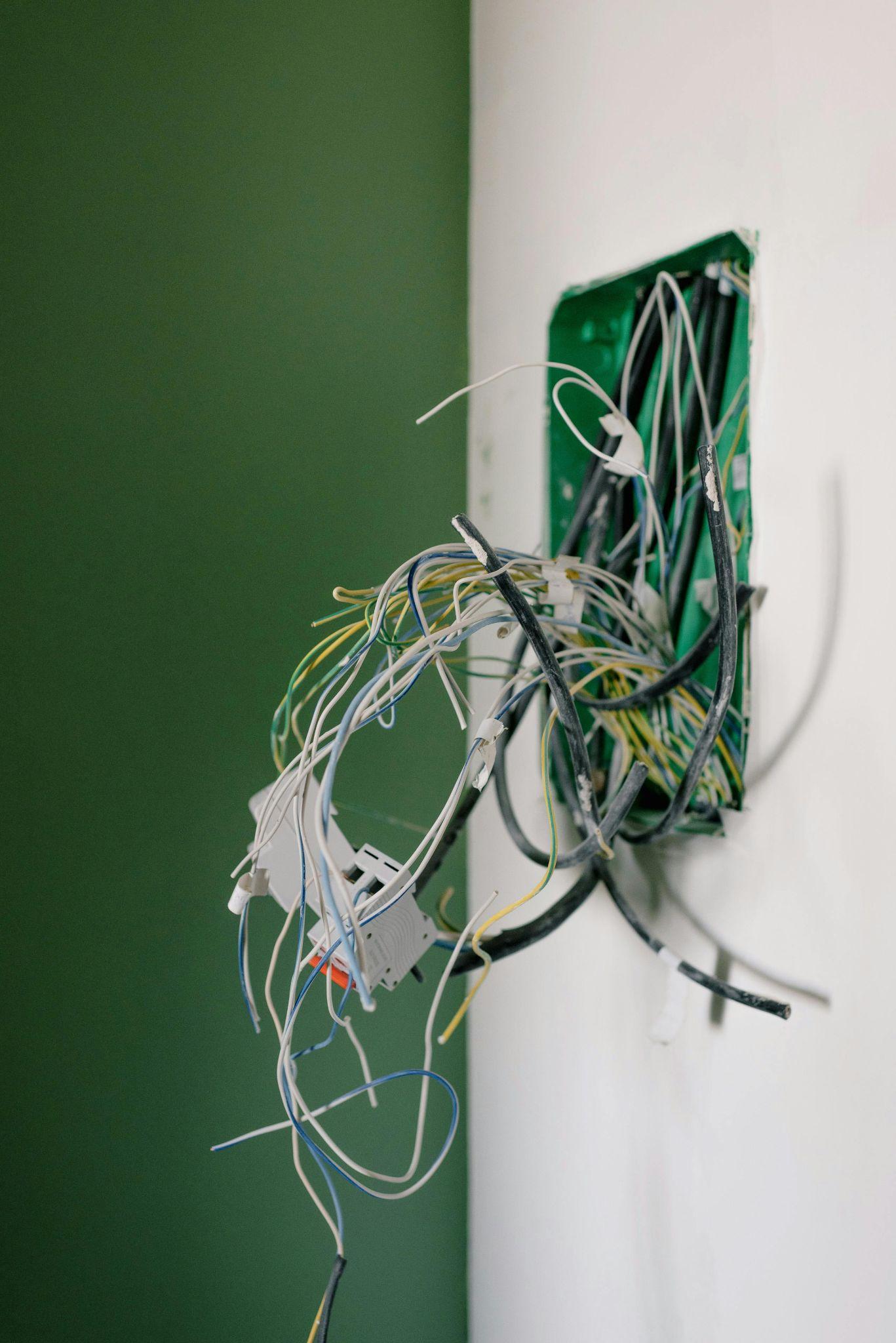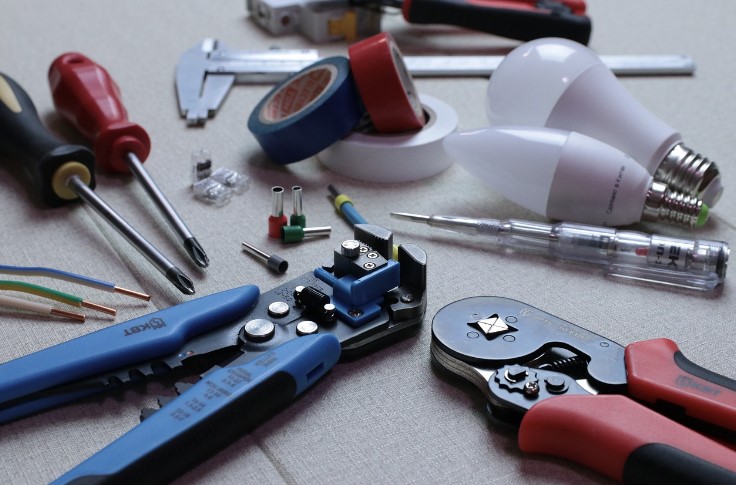Renovating an older home can be a rewarding endeavor, preserving a piece of history while tailoring it to modern needs. However, one of the critical aspects that homeowners must consider is updating the wiring. Old electrical systems, often found in homes built before the 1970s, can pose significant safety risks and may not support the electrical demands of contemporary life. Understanding the intricacies involved in updating old house wiring is essential for a safe and successful renovation. This article delves into the key considerations and steps in the process, ensuring that your home is not only beautiful but also electrically sound.
Assessing the Existing Electrical System
Before embarking on the update, a thorough assessment of the current electrical system is imperative. This involves a comprehensive inspection by a licensed electrician who can identify outdated components such as knob-and-tube wiring or aluminum wiring, which are commonly used in older homes. Knob-and-tube wiring, for example, lacks a grounding wire, posing a potential shock hazard, and is prone to damage from modern insulation methods. Aluminum wiring, on the other hand, can oxidize and cause electrical fires if not properly maintained.
An assessment also includes evaluating the electrical panel. Many older homes were equipped with panels that support fewer circuits, often inadequate for today's technology-driven lifestyle. Modern electrical panels offer increased capacity and are designed with safety features such as circuit breakers instead of fuses, which are safer and more reliable. The electrician will also check the condition of outlets and switches, as old or damaged units can be a fire hazard. This evaluation forms the foundation for any upgrade plan, ensuring that all potential risks are identified and addressed.
Upgrading the Wiring Infrastructure
Once the assessment is complete, the next step is upgrading the wiring infrastructure. This typically involves replacing outdated wiring with new, code-compliant materials. Copper wiring is the standard in modern electrical installations due to its excellent conductivity and durability. The process may require opening walls and ceilings to remove old wiring and run new cables, which can be a messy and invasive task but is necessary for a thorough and safe upgrade. Reach out to professionals to ensure reliable built-in network cabling solutions that will remain efficient as technology evolves. This proactive approach helps prevent connectivity issues and supports the long-term performance of your electrical and communication systems.
Upgrading also means installing new outlets and switches, which often includes adding Ground Fault Circuit Interrupter (GFCI) outlets in areas like kitchens and bathrooms where water exposure is a risk. These outlets automatically shut off power when a ground fault is detected, significantly reducing the risk of electrical shock. Additionally, upgrading the electrical panel to a modern version with sufficient capacity to handle all the appliances, lighting, and electronic devices in the home is crucial. This might also involve installing subpanels in larger homes to distribute the electrical load more efficiently.
Ensuring Compliance and Safety
The final stage in updating old house wiring is ensuring that all work complies with current electrical codes and safety standards. Electrical codes are regularly updated to reflect new safety information and technological advancements, and compliance is not only a legal requirement but also a crucial aspect of ensuring the safety of the home. Hiring a qualified, licensed electrician to perform the work is essential, as they are knowledgeable about the latest codes and best practices.
Inspection by a certified inspector is the next step after the upgrade. This involves a thorough review of the new wiring, outlets, switches, and electrical panel to ensure everything is installed correctly and safely. Any issues identified during the inspection must be addressed promptly to pass the inspection and receive certification. This process provides peace of mind that the electrical system is safe and reliable.
Collaborating with Qualified Electricians
Collaborating with a team of fully qualified electricians is a crucial component of successfully updating the wiring in an older home. These professionals bring a wealth of experience and expertise, ensuring that every aspect of the electrical system is handled with precision and care. Working with a reputable team, such as those found at AdaptElectrical.co.nz or any other reputable website, assures that the electricians are not only skilled but also up-to-date with the latest safety standards and electrical codes. These experts can offer valuable insights during the planning phase, help navigate the complexities of permits and inspections, and execute the upgrade with efficiency and attention to detail. Moreover, their knowledge extends beyond merely installing wiring—they can recommend the best materials, advise on energy-efficient solutions, and integrate modern technologies seamlessly into the home's infrastructure.
Planning for Future Electrical Needs
Planning for future electrical needs is an essential part of the wiring upgrade process. As technology continues to evolve, the electrical demands of a modern household are likely to increase. Homeowners should consider incorporating extra outlets, USB charging ports, and even pre-wiring for smart home systems during the renovation. Anticipating these needs now can save significant time and money down the road. Consulting with electricians about potential future upgrades, such as solar panel installations or electric vehicle charging stations, ensures that the new wiring infrastructure can accommodate these additions. A forward-thinking approach not only enhances the convenience and functionality of the home but also adds value by making the property more adaptable to future technological advancements.

Managing Costs and Budget
Managing costs and budget is a critical aspect of updating old house wiring. While the initial investment might seem high, especially in an older home requiring extensive rewiring, it is important to consider the long-term benefits and potential cost savings. Modern electrical systems are more energy-efficient, which can lead to reduced utility bills. Additionally, a new wiring system can prevent costly repairs caused by electrical faults or fires. Homeowners should obtain multiple quotes from licensed electricians to ensure competitive pricing and ask for detailed estimates that outline all potential costs. Budgeting should also include a contingency for unexpected issues that may arise during the renovation. By carefully managing the financial aspect, homeowners can achieve a balance between safety, efficiency, and affordability.
Updating the wiring in an old house is a complex but crucial task that ensures safety, functionality, and modern convenience. From assessing the existing electrical system to collaborating with qualified electricians and planning for future needs, each step requires careful consideration and professional expertise. By addressing these aspects, homeowners can successfully upgrade their electrical systems, enhancing both the safety and value of their property while preserving its historic charm.










